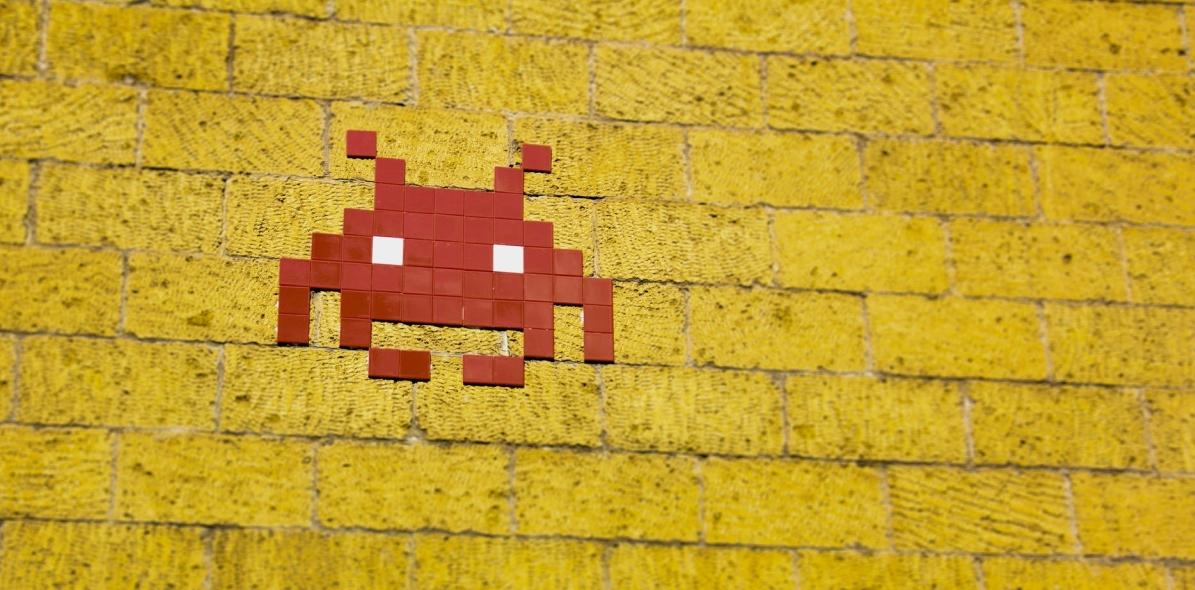Is there life out there?

This is still one of the most fascinating questions that we ask ourselves every time we look up into a starry sky at night. It is also one of the most unanswerable, since we just do not know, or at least, not yet.
In the last few years amazing discoveries have been made, thanks to ever more powerful telescopes and above all to the Hubble Space Telescope, which has been on a long journey through our solar system for more than 25 years. It has recently been able to identify what seem to be plumes of water shooting up from the surface of Europa, one of the 67 moons of Jupiter. Another of Jupiter’s moons, Callisto, seems to present large quantities of water ice and, as we know, water is the primary element of life.
In August 2016, scientists discovered a planet that they named Proxima b. It is a little bigger than our Earth and there appears to be a strong possibility that it has liquid water. So might there be life there? There is a project underway to send a spacecraft, the size of a microchip, out to Proxima b to find out exactly what is going on there. But don’t hold your breath! It hasn’t been constructed yet and it will take between 20 to 25 years to reach its destination.
Mars is much nearer to us. In 2016 a huge ice deposit was found in its northern hemisphere. It is only just underneath the surface and, even better, is in a relatively flat area of the planet, so spacecraft could land there without too much difficulty. This is all very encouraging for any future colonisation of the ‘Red Planet’.
There is only one problem in going to Mars. It is impossible to get back with the technology we have now. Despite this, more than 200,000 people have already applied for a place aboard the spacecraft that will eventually take off on a one-way journey!





